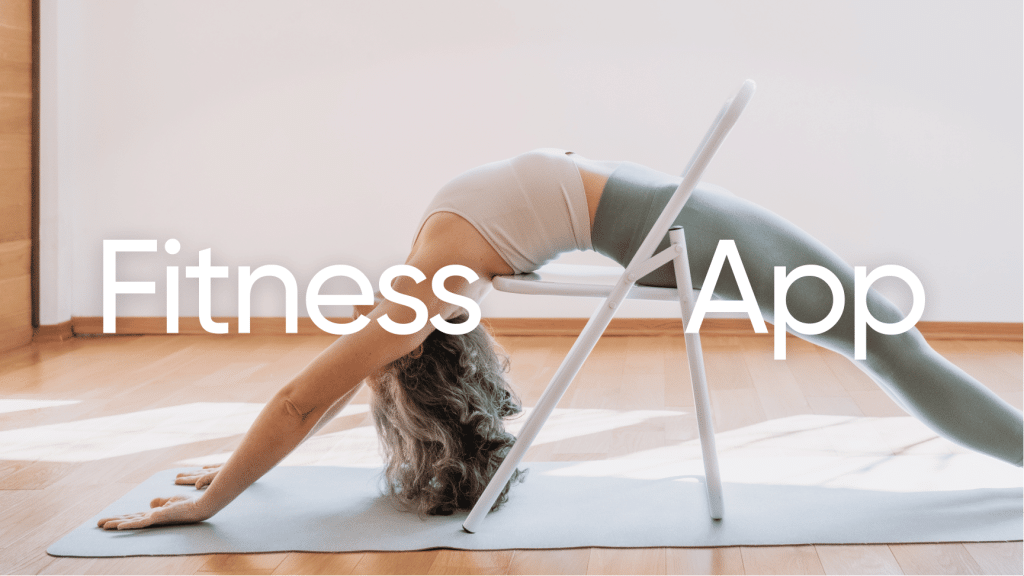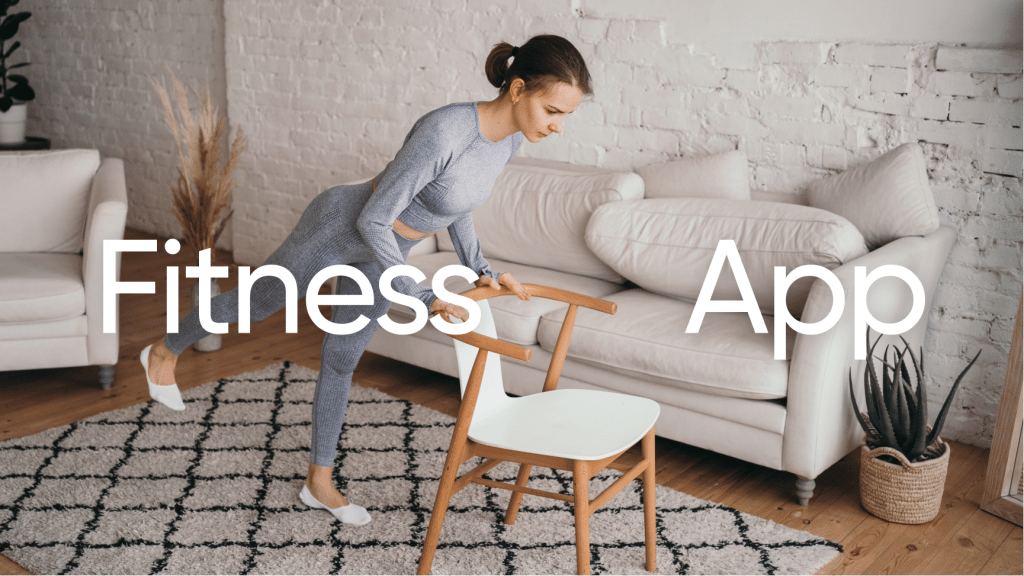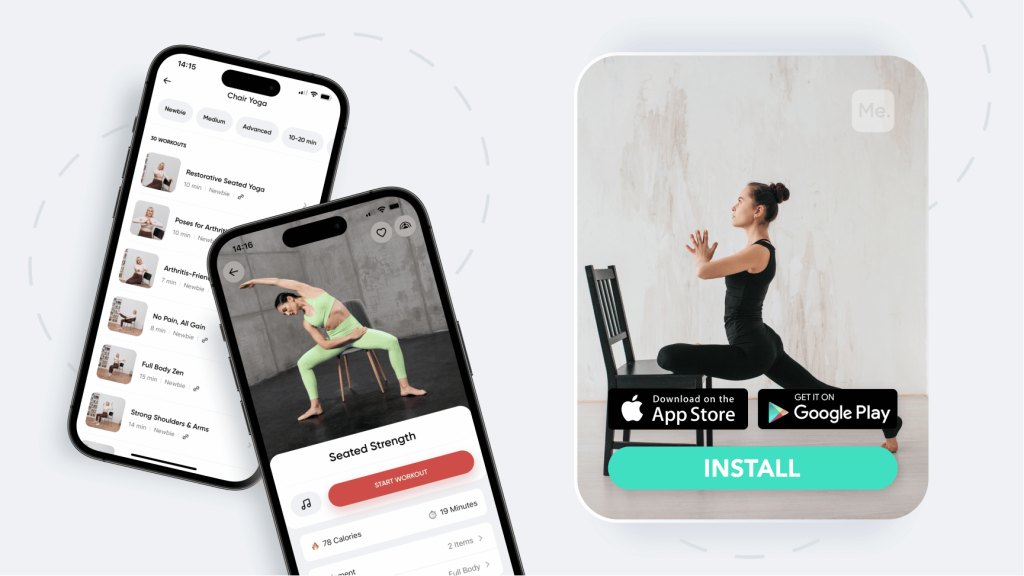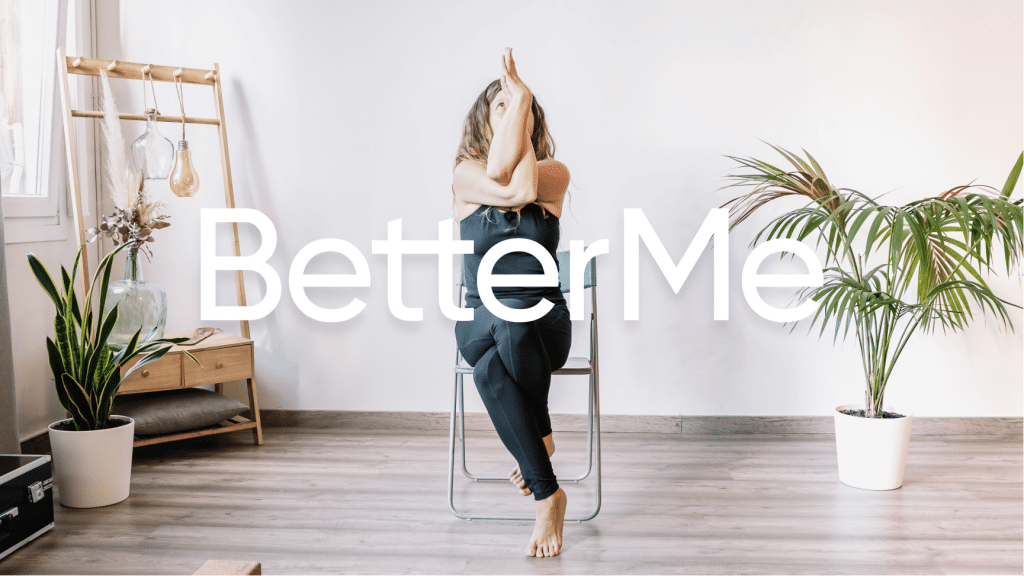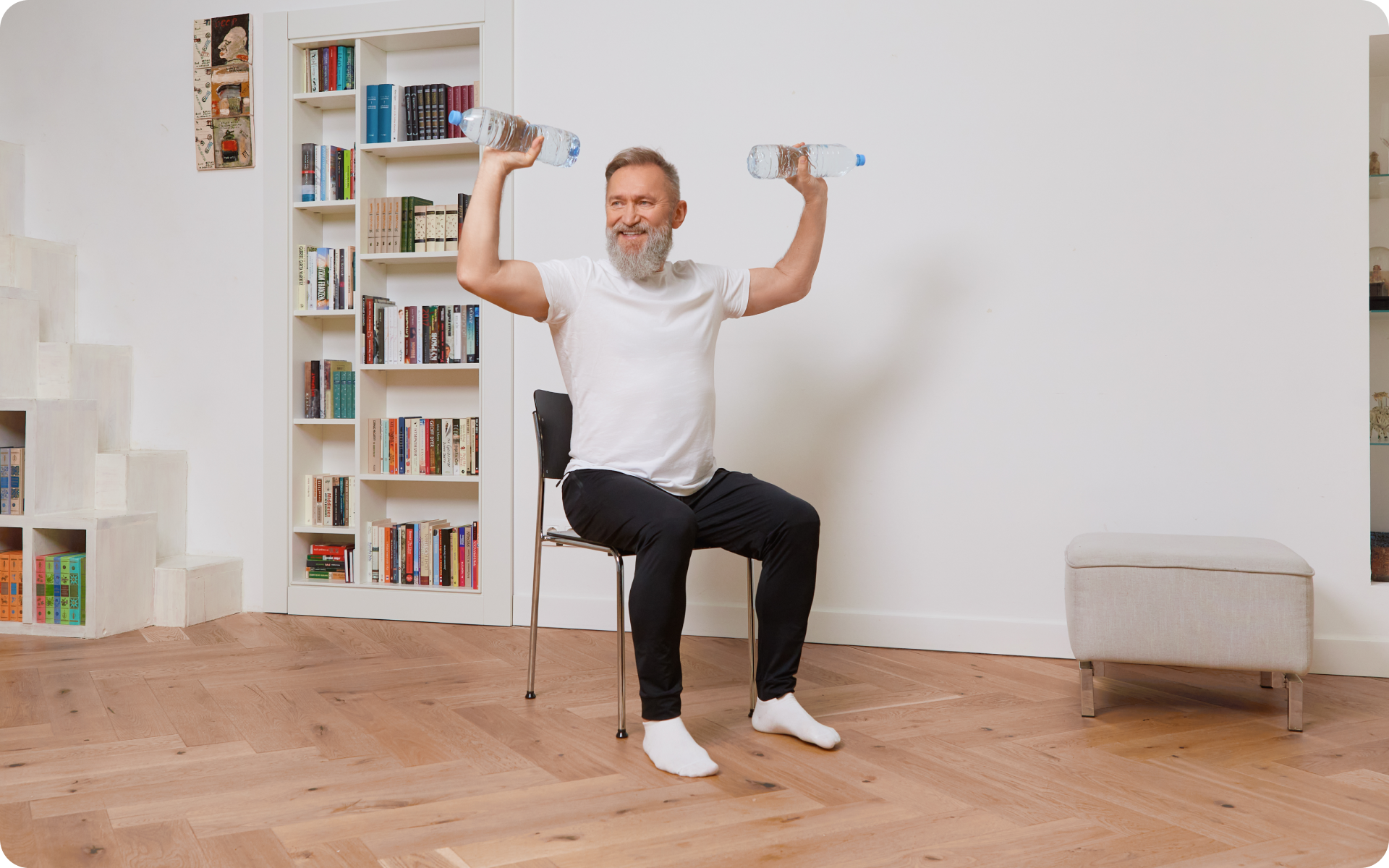Do you often wish to practice yoga, but the lack of mobility stops you from doing so? Perhaps, you spend hours working and tiring yourself out. In today’s fast-paced world, working long hours can be pretty overwhelming. With so much on your plate, you must give your body a rest. Whatever the case, you can still do yoga and reap miraculous benefits for your body. But you may be wondering how you, with some disability, can do yoga. The good news is that you don’t need to do traditional yoga. Yoga can be performed in various ways. One such amazing yoga technique is restorative chair yoga. As the name implies, restorative yoga helps your body rest, heal and relax. Restorative yoga with chairs can benefit seniors and individuals who have undergone surgeries.
Can Restorative Yoga Be Done In A Chair?
Yes, restorative yoga can be performed on a chair, including a wheelchair. The idea is to facilitate old adults or people with limited mobility.
Traditional yoga techniques often require twisting and contorting bodies into different angles. With restorative chair yoga, individuals with disabilities can get fit and revamp their health.
Also, restorative yoga works wonders for mental health as it helps alleviate stress, relieve muscle tension, and ease the body.
The best part about chair yoga is that it can be performed virtually anywhere. Whether working in an office or commuting to your destination, as long as you are sitting, you can perform this yoga easily.
What Is Restorative Chair Yoga?
Restorative chair yoga is a series of relaxing yoga techniques that helps the body relax. The idea is to stimulate the parasympathetic system, the part of the nervous system responsible for healing and resting.
By following a set breathing pattern and longer yoga poses, the body relaxes, which, in turn, eliminates tension and stress. Also, the blood pressure may reduce, and breathing and heart rate lessens. This may calm the individual and help them rest and sleep peacefully (1).
The body can support the posture for a long time without tiring the muscles when using the chair as a prop. The chair serves as a grounding tool, helping individuals find stability and balance physically and mentally.
This can be particularly beneficial for individuals with limited mobility or those who find it challenging to maintain certain yoga postures. If you want restorative yoga, consider the best chair yoga poses for better health.
Read More: 21 Day Chair Yoga: Reasons To Add This Challenge To Your Routine
Lotus Yoga Pose
Before you start performing restorative yoga, you must prepare your body by doing a bit of meditation. To begin:
- Find a sturdy chair or a flat surface.
- Sit on it comfortably by crossing your legs to form a lotus position.
- Place your hands on your knees by touching your thumb with your index finger.
- Keep your back straight and do deep breaths by feeling each breath in and out of your body.
- Do this preparatory pose for about 5 minutes to calm your nerves.
Child’s Pose On Chair
After you are done with meditation, it is time to start with the restorative yoga sequence. The first is the most common child’s pose on a chair or the Balasana, which helps stretch your hips and calms your body. To perform chair child’s pose:
- Get a sturdy and comfortable chair.
- Sit on it with your feet placed shoulder-wide apart.
- Grab a bolster or a pillow and put it on your thighs.
- Place your head on the pillow. Drape your arms and hang them freely over the pillow. You can also cross your arms and rest your head on the arms to get comfortable.
- Stay in this position for a while and return to the starting position by lifting your torso up.
Seated Wide-Angle Pose
The next yoga restorative pose chair is the seated wide-angle pose or the Upavistha Konasana, which helps stretch your hamstrings and legs. To perform the seated wide-angle pose:
- Place a sturdy chair on a flat surface.
- Sit on the ground with your legs flexed at a 90-degree angle in front of the chair.
- Grab the edges of the chair with your hands. You can also lift the chair to support your neck and spine.
- Hinge forward slightly to bend your back.
- Place your head on the chair. If it’s a hard surface, you can place a pillow to make it comfortable.
- Rest in this position for about 5 minutes.
- Return to the starting position by lifting your torso using your hands and then lifting your head.
As a variation, you can place a bolster or a pillow in front of the chair and then rest your head on it.
If you wish to free yourself from all the extra pounds that have been weighting you down for way too long, start using the BetterMe app and overhaul your entire life!
Seated Bound Angle Pose
The seated bound angle pose, or the Supta Baddha Konasana, is mostly performed in a supine position but can also be performed sitting. This inversion helps stretch the adductor muscles. To achieve this legs up on chair restorative yoga pose:
- Place a seat in front of you. Lie down in front of the chair.
- If the ground feels uncomfortable, place a soft blanket and lie on it.
- Raise your legs and put your feet on the chair.
- Bend your legs so that the soles of your feet touch each other, and you form a diamond shape with your legs.
- Keep this position for about 5 minutes.
- Return to the original position by straightening your legs.
For variation, you can do this yoga sitting on a chair by placing your feet on the ground and forming a diamond shape with your legs.
Legs Up The Chair Pose
After performing a seated bound angle pose, you can switch to the legs up the chair or the Ardha Viparita Karani yoga pose. To do this:
- Place a seat and lie in front of it.
- Raise your legs and place your calves and feet on the chair to extend your legs fully.
- Ensure your knees are bent at a 90-degree angle.
- Place a blanket underneath your head to raise a bit from your chin. This is crucial since this position stimulates the parasympathetic nervous system.
- Keep this position for a while, and then pull your knees up towards your chest and rock side to side.
- Exit this yoga pose by turning your knees to one side and resting briefly.
What Is Restorative Chair Yoga Good For?
For various reasons, restorative chair yoga is good for your mental and physical health. For starters, it may calm your body and ease your mind through passive stretching. By performing yoga asanas for longer durations and deep breathing, your body enters a restful state.
With the parasympathetic nervous system in action, your heart rate, blood pressure, and breathing may also slow down. Your pupils dilate, and your body enters resting mode. This helps induce sleep and allows individuals to relax their bodies fully (6).
What Are The Benefits Of Restorative Chair Yoga?
Restorative yoga reaps a litany of health benefits and uplifts the person’s well-being. Here’s how restorative chair yoga works wonders for your body.
Induces Relaxation
As the name suggests, restorative yoga greatly relaxes your body through certain asanas and deep breathing. It helps shift your body from a sympathetic (fight or flight response) to a parasympathetic nervous system (restful state).
With the body entering a restful state, you feel better and mentally relaxed. A 2014 study found that restorative yoga significantly induces relaxation more effectively than passive stretching (2).
Improves Sleep Quality
Many individuals suffer from sleep problems such as sleep apnea or insomnia. They often suffer from mental stress and experience constant depression. Performing restorative yoga can work wonders for them, improving melatonin production and reducing hyperarousal (3).
Read More: Chair Yoga Routines For Every Age And Ability: A Comprehensive Guide
Enhances Mood
Stress, tension, and anxiety often get the best of us and make us feel under the moon. Yoga might stimulate our feel-happy hormones and instantly improves our mood.
Improves Flexibility
Individuals with mobility and flexibility issues often struggle to perform yoga consistently. Restorative yoga can be pretty miraculous as it may improve the connective tissues around the joints and help increase mobility.
Reduces Pain
Many individuals with chronic pain conditions or injuries find it difficult to engage in traditional yoga practices that require weight-bearing or intense physical exertion.
In addition to improving mood and relaxing the body, restorative chair yoga significantly can reduce musculoskeletal pain, including osteoarthritis, according to a 2014 study (4).
Gentle On Well-Being
Restorative yoga can be pretty gentle for people undergoing surgeries or having injuries. Without twisting their bodies, such individuals can easily reap traditional yoga benefits.
Good For Pregnancy
Since restorative yoga can be performed sitting down, pregnant women can easily perform these asanas and relax their bodies.
Improves Balance
Aging causes individuals to lose their mind-body coordination. Restorative chair yoga may help individuals find balance by performing certain asanas for longer.
Also, many studies have found that performing restorative yoga makes cancer patients feel immensely better. They also experience less pain, feel mentally better, and easily manage cancer treatments (5).
Through regular practice, individuals often experience improved posture, reduced muscle stiffness, and increased vitality. Additionally, restorative yoga’s slow and mindful nature allows them to connect deeply with their bodies, fostering body awareness and self-acceptance.
Is Restorative Chair Yoga Good For Beginners?
Restorative chair yoga is beneficial for beginners or seasoned practitioners. Since it requires minimal effort and movement, chair yoga is ideal for beginners to transition into a yoga routine and make it an essential part of their daily lives.
However, some people may find it difficult to perform certain positions, especially the ones requiring chest-opening poses at the start. Since chest-opening poses put effort into your body and amp up your heart rate, you may feel pumped, let alone relaxed. With time and practice, you will fully control your breathing, and help you relax your body easily.
If you are a beginner, here are some top-notch restorative chair yoga ideas you can do at home.
Yanking yourself back in shape has never been so easy with our game-changing fitness app! Start transforming your life with BetterMe!
Seated Cat-Cow Yoga Pose
The seated cat-cow yoga pose is beneficial for stretching your back. To perform this yoga pose:
- Grab a comfortable seat and sit on it.
- Place your feet shoulder-width apart on the floor. Place your hands on the knees or thighs as suitable.
- Inhale and arch your spine by rolling your shoulder blades backward. Face the ceiling. This is the cow pose.
- Exhale and roll your shoulder blades forward by hunching and facing downward. This is the cat position.
Alternate between the cat and cow poses by focusing on deep breathing.
Seated Raised Hands Yoga Pose
Here is what you should do to transition from the seated cat-cow yoga pose to the seated raised hands yoga pose or the Urdhva Hastasana:
- Sit on the chair comfortably with your feet shoulder-width apart and your back straight.
- Inhale and raise your arms above your head so that they are fully flexed and parallel to each other.
- Hold this position for a few breaths and return to the original position.
Seated Forward Bend Yoga Pose
Transition from the Urdhva Hastasana to the Uttanasana or the forward bend yoga pose.
- Sit on the chair comfortably with your feet placed shoulder-width apart.
- Hang your arms by your sides naturally.
- Inhale and bend forward completely so that your head touches your thighs and your hands touch the ground.
- Exhale and return to the starting position.
Seated Side Angle Pose
To perform the seated extended side angle yoga pose or the Utthita Parsvakonasana:
- Sit on the chair comfortably with your feet placed shoulder-width apart.
- Bend forward with your right hand grasping your right foot and your left hand raised above your head.
- Face your extended hand. Return to the starting position and repeat the same with your other side.
Seated Chair Pigeon Yoga Pose
- To perform the chair pigeon or the Eka Pada Rajakapotasana yoga pose.
- Sit on the chair with your feet placed shoulder-width apart.
- Bend your left leg and place it on top of your right leg so that your left calve is placed on top of your right knee.
- Hold the knee and the calve with your hands.
- Inhale and bend forward, holding your leg. You may also turn a bit more to increase the intensity.
- Repeat the same with your other leg. This is known as the pigeon pose.
Seated Chair Eagle Yoga Pose
From the seated chair pigeon yoga pose, switch to the seated chair eagle yoga pose or the Garudasana. To perform this yoga asana:
- Sit on the chair, cross your right leg over your left leg, and cross your right foot to touch your leg, too, if possible.
- Cross your left arm over your right arm to interlace your hands. This is the eagle pose.
- Slowly raise your hands to your shoulders and ensure your elbows are parallel with your shoulders.
- Keep this position for about 5-6 minutes and return to the starting position.
Seated Spinal Twist Yoga Pose
To perform the seated spinal twist or the Ardha Matsyendrasana yoga pose:
- Grab a chair, place it in front of the wall, and sit on it comfortably. You must be sitting facing the right side of the chair.
- Grab the back of the seat with your hands and twist your body to face the wall. It would help if you also moved your feet position in accordance with your body.
- Repeat the same with your other side.
Seated Warrior I Yoga Pose
Yoga is all about stretching and improving your body’s mobility. To perform seated Warrior I or the Virabhadrasana I pose:
- Place a seat on the floor and your right leg on the chair’s right side. Your left leg must be placed behind your right leg on the other side.
- Ensure your right foot is touching the ground and is parallel to the chair. Your left leg must be flexed.
- Keeping this position, raise your hands high above your head so that your palms touch each other.
- This position is called Warrior I. Hold this position for about five breaths and return to the starting position.
Seated Warrior II Yoga Pose
The Warrior II is similar to Warrior I yoga pose. To perform this:
- Maintaining the Warrior I yoga pose, lower your arms and extend them parallel to your shoulders to form a straight line.
- Your right arm must be extended forward with your left arm extended backward in the air.
Seated Reverse Warrior Yoga Pose
From the seated Warrior II yoga pose:
- Extend your right arm high above your head. Face your right hand upward.
- Extend your left arm back to touch your legs.
- Ensure your arms are straightened at all times.
Your yoga sequence is now complete. It is time to rest your body and relax your mind. Sit on the chair comfortably and hold your hands in your lap. Close your eyes and take a few deep breaths to relax your body fully.
This restorative yoga sequence calms your mind and helps you soothe your nerves. This sequence can be performed everywhere, allowing beginners to transition to complex yoga techniques.
The Bottom Line
Restorative chair yoga has become increasingly popular worldwide due to its ease of use and significant health benefits. Almost everyone can perform this yoga technique easily.
However, you must consult your physician or physical therapist before starting such practice. It would help to use soft pillows, blankets, or bolsters during restorative yoga as they will prevent your body from aching.
DISCLAIMER:
This article is intended for general informational purposes only and does not serve to address individual circumstances. It is not a substitute for professional advice or help and should not be relied on for making any kind of decision-making. Any action taken as a direct or indirect result of the information in this article is entirely at your own risk and is your sole responsibility.
BetterMe, its content staff, and its medical advisors accept no responsibility for inaccuracies, errors, misstatements, inconsistencies, or omissions and specifically disclaim any liability, loss or risk, personal, professional or otherwise, which may be incurred as a consequence, directly or indirectly, of the use and/or application of any content.
You should always seek the advice of your physician or other qualified health provider with any questions you may have regarding a medical condition or your specific situation. Never disregard professional medical advice or delay seeking it because of BetterMe content. If you suspect or think you may have a medical emergency, call your doctor.
SOURCES:
- Relaxation Techniques: What You Need To Know (n.d., nccih.nih.gov)
- Effect of restorative yoga vs. stretching on diurnal cortisol dynamics and psychosocial outcomes in individuals with the metabolic syndrome: The PRYSMS randomized controlled trial (2014, sciencedirect.com)
- The effect of yoga on sleep quality and insomnia in women with sleep problems: a systematic review and meta-analysis (2020, bmcpsychiatry.biomedcentral.com)
- Establishing key components of yoga interventions for musculoskeletal conditions: a Delphi survey (2014, bmccomplementmedtherapies.biomedcentral.com)
- Effects of Yoga on Psychological Health, Quality of Life, and Physical Health of Patients with Cancer: A Meta-Analysis (2011, hindawi.com)
- Parasympathetic Nervous System (PSNS) (n.d., my.clevelandclinic.org)


